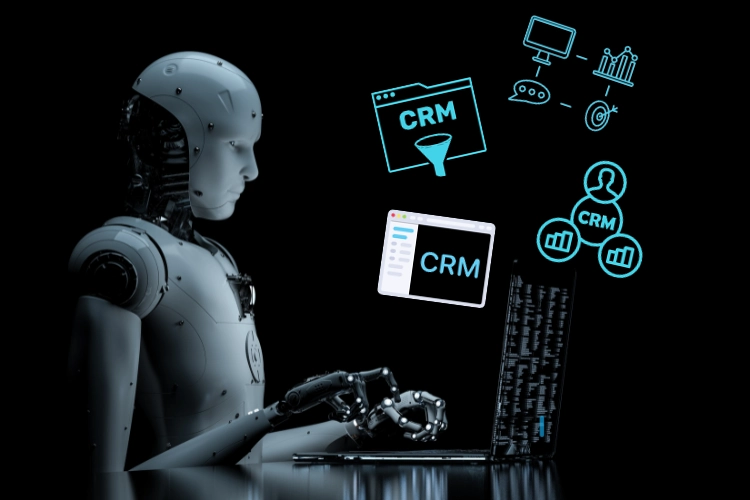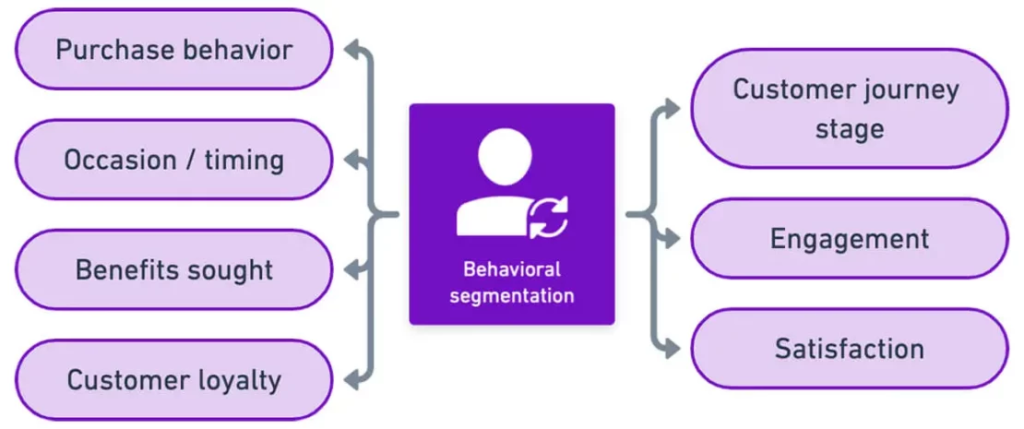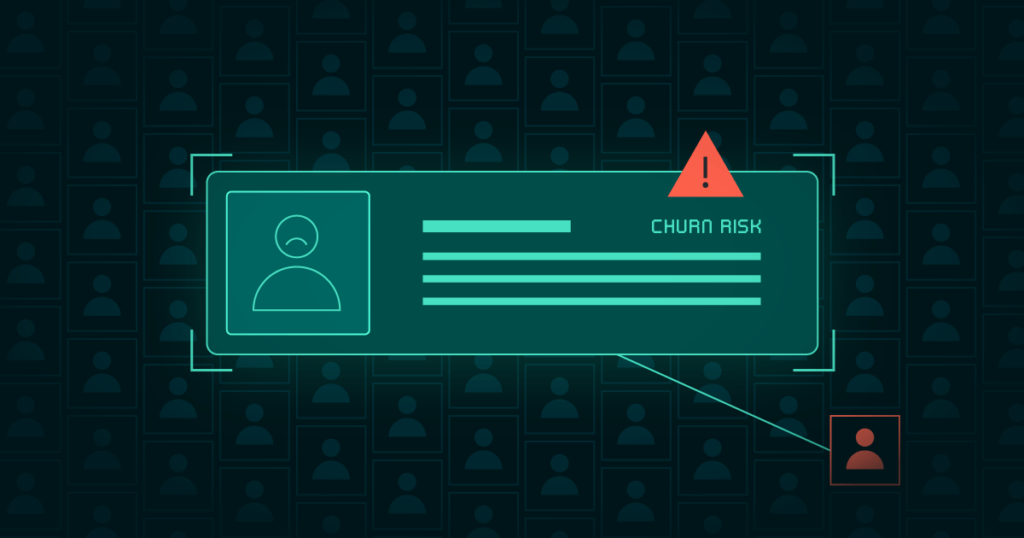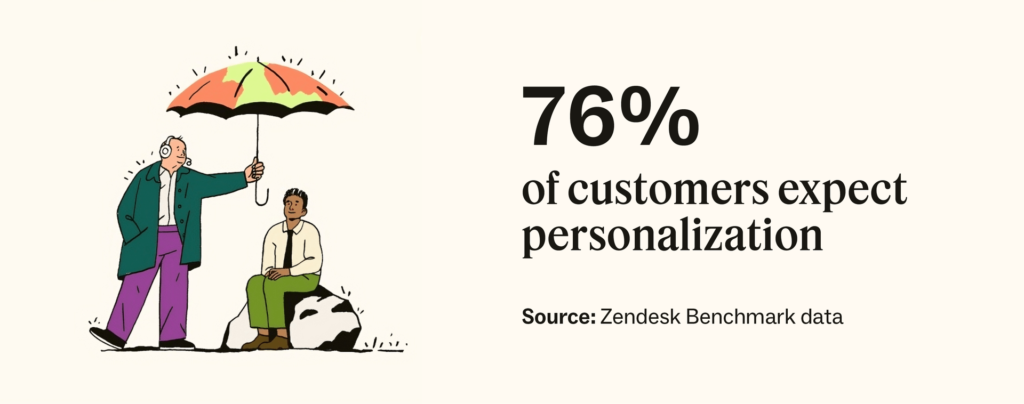How AI Makes Your CRM Your Most Valuable Employee

Most businesses collect customer data but fail to use it effectively.
They collect information, store it in databases, and then… nothing happens.
Meanwhile… the handful of companies that put this data to work are pulling ahead… creating experiences that keep customers coming back and spending more.
This post isn’t about fancy technology or complicated systems.
It’s about making your customer information work as hard as your best employees do… remembering everything, spotting opportunities, working around the clock, and personalizing every interaction.
Without technical fluff, let’s get right down to it.
Your Best Salesperson Is Sleeping in Your Database
Your brain wasn’t built to remember every detail about hundreds of customers. But your computers can.
We’ve all been there: A customer calls with a problem they’ve explained before.
They’re already frustrated, and now they have to repeat themselves. By the time your team finds their information… the customer is thinking about switching companies.
This memory gap isn’t just annoying. It’s expensive.
According to Zendesk… 72% of customers will switch companies after repeatedly explaining their issue to multiple people.
Every time a customer repeats information, they’re mentally packing their bags.
But what if every interaction picked up exactly where the last one left off?
Let’s look at The Golden Rule Company, a regional insurance provider.
They implemented AI-enhanced customer memory and saw satisfaction scores jump 43% in just six months.
Why?
Customers stopped hearing “Let me look that up” and started hearing “I see from your history that…”
This isn’t about robots—it’s about giving your team superpowers.
Your best customer service representative likely remembers details about regular customers and anticipates their needs.
AI gives every team member this ability.
The most common mistake?
Waiting for a “perfect” system before starting.
Even basic AI tools in today’s CRMs can dramatically improve your customer memory.
The key is beginning the process of teaching your systems to remember so your team doesn’t have to.
But remembering what happened is just the beginning. The real power comes when your systems start to notice things you’d miss…
The Patterns Hidden in Plain Sight
Your customers are constantly telling you what they want through their actions.
When they buy, what they browse, and even how they respond to offers.
Most of these signals go unnoticed because humans simply can’t process this much information at once.
CompTech Services couldn’t understand why certain clients renewed contracts while others left. Their sales team had theories, but no consistent answers.
When they applied AI analysis to their customer data… they discovered that clients who received technical updates within the first 30 days of service were 3.4 times more likely to renew. This single insight improved their retention by 23%.
But not all customers are equal.
Some generate consistent revenue with minimal support… while others cost more to service than they bring in.
AI can precisely identify your most profitable customer segments… and reveal what makes them different.
Just like Lakeside Apparel did.
Using AI analysis… They discovered their most profitable customers followed specific browsing patterns before big purchases.
They adjusted their marketing to encourage these patterns and saw average order values increase by 32%.
But here’s the mistake most businesses make:
Treating all customers the same or relying on obvious metrics like total spending.
AI can identify value based on complex combinations of behaviors that humans would never connect.
The most powerful aspect of pattern recognition is prediction.
AI systems can identify the early warning signs of customer actions… both positive and negative, before they happen.
The simple step to get started:
- Use AI tools to segment your customers based on behavior patterns.
- Create different approaches for your top three segments.
- Focus on behaviors, not just demographics.

But what happens when your team goes home for the day?
Your customers don’t stop having needs just because your business hours ended…
Never Miss Another Opportunity (Even at 3 AM)
Your customers don’t operate on your schedule. They have questions at midnight and want to make purchases on Sunday mornings.
Every hour your business is “closed,” you’re losing opportunities.
Companies that respond to leads within an hour are nearly seven times more likely to qualify them than those who wait longer. (Harvard Business Review)
What happens when customers reach out at 9 PM and wait until morning for a response? They often move on.
Summit Properties discovered that 67% of their website inquiries came outside business hours. By the time their agents responded the next day, many prospects had already contacted competitors.
This wasn’t just a minor inconvenience—it was a major revenue leak.
Modern AI assistants can handle more than you think.
But the key mistake businesses make is assuming these tools need to handle everything perfectly.
Even if your AI assistant can only answer the top 20 customer questions and schedule appointments… you’ve eliminated a significant barrier to business growth.
The best AI systems don’t just process transactions—they build relationships.
Here’s something you can try today:
- Set up an AI customer service assistant to handle your most common customer inquiries.
- Focus on the questions your team answers repeatedly—these are perfect for automation.
Even handling just these can dramatically extend your effective business hours… while reducing team burnout.
But being available 24/7 is just reactive. What if you could reach customers before problems ever occurred?
The Crystal Ball Effect: Preventing Problems Before They Happen
Fixing problems is good. Preventing them is better.

AI turns your customer data into an early warning system that spots trouble before it arrives.
Most customer losses don’t happen suddenly.
There are warning signs… decreased usage, longer times between orders, support tickets that indicate frustration.
The problem? Humans rarely connect these dots across thousands of customers until it’s too late.
Riverdale Software tracked customers who canceled their service… and they discovered that 78% showed clear warning signs at least 30 days before cancellation.
But their team had noticed these signals in only 12% of cases. Each preventable cancellation cost them an average of $4,200 in lifetime value.
Prevention is typically 25 times less expensive than acquisition.
Yet most businesses invest heavily in acquiring new customers… while underinvesting in retaining existing ones.
AI systems can monitor hundreds of data points across all your customers… looking for patterns that have historically predicted problems.
The key mistake businesses make is waiting for customers to express dissatisfaction directly. By then, 96% have already mentally moved on (Nextiva)
The most sophisticated systems don’t just prevent problems. They turn potential issues into opportunities.
Here’s how you can implement this today:
- Identify your most common customer loss scenarios and the behavioral patterns that typically precede them.
- Set up alerts when these patterns appear, giving your team time to intervene before it’s too late.
But what if you could go beyond prevention and create experiences so personalized that customers never want to leave?
One-to-One Marketing Without the Impossible Workload
True personalization at scale used to be impossible. With AI, it’s now your biggest competitive advantage.
Customers increasingly expect interactions tailored to their specific needs and preferences. 71% of consumers expect companies to deliver personalized interactions. 76% get frustrated when this doesn’t happen (McKinsey).

Yet most businesses offer the same experience to everyone. Or use crude segmentation based on basic demographics.
This gap between expectation and reality creates a significant competitive vulnerability.
Modern AI systems make one-to-one marketing possible without one-to-one effort.
Valley Vineyards implemented an AI-driven recommendation system that analyzed each customer’s purchase history… tasting room ratings… and seasonal preferences.
The system automatically customized email offers and website displays for each visitor. This skyrocketed their conversion rate by 320%
The key mistake businesses make is believing personalization requires manual effort. Without AI, it does, which is why most companies only personalize for their biggest accounts.
AI changes the equation by automating the process for every customer.
True personalization goes far beyond using someone’s name in an email. It means tailoring every aspect of the customer experience based on individual preferences and needs.
Try this today:
- Create segment-specific email templates that your AI can customize with relevant individual data points.
- Focus first on personalizing based on past purchases and explicitly stated preferences, which customers generally appreciate.
Turn Your Customer Data Into Your Competitive Advantage
Your customer data is your most valuable business asset—if you actually use it.
The businesses pulling ahead today aren’t necessarily technology companies.
They’re regular businesses using what they know about customers to serve them better.

Start small, think big.
The mistake many businesses make is believing they need a massive, expensive AI overhaul.
In reality, the most successful implementations start with solving one specific problem well.
Begin by identifying your biggest customer data challenge.
- Is it remembering details during interactions?
- Spotting at-risk customers before they leave? Making personalized recommendations?
- Pick one area where improvement would directly impact revenue or satisfaction, and start there.
The cost of waiting is higher than the cost of starting.
Every day you don’t use AI to leverage your customer data, your competitors gain ground. They’re learning more about their customers… and possibly yours… while you’re still operating on gut feeling and manual processes.
Next steps: First, audit your current customer data.
- What information are you collecting but not using?
- Where are the gaps between what you know and what you do?
This simple assessment often reveals immediate opportunities.
Second, identify one repetitive customer-facing process that could benefit from better information use. Focus your first AI implementation on this specific process.
At ScaleTechies, we’ve helped a handful of businesses implement these exact strategies… without requiring them to become technology experts.
Our subscription model gives you access to specialists who can help you identify the right tools for your specific needs and… implement them without disrupting your current operations.
Remember: Your customer data shouldn’t just tell you what happened yesterday. It should help you shape what happens tomorrow.
The tools to make this possible are more accessible than ever.
The only question is whether you’ll use them before your competitors do.
